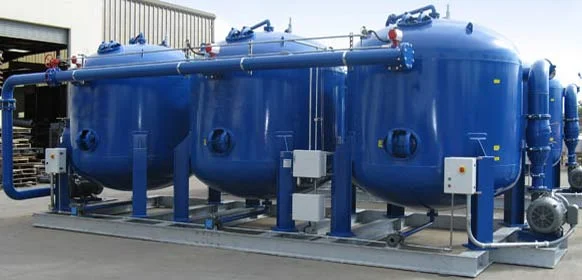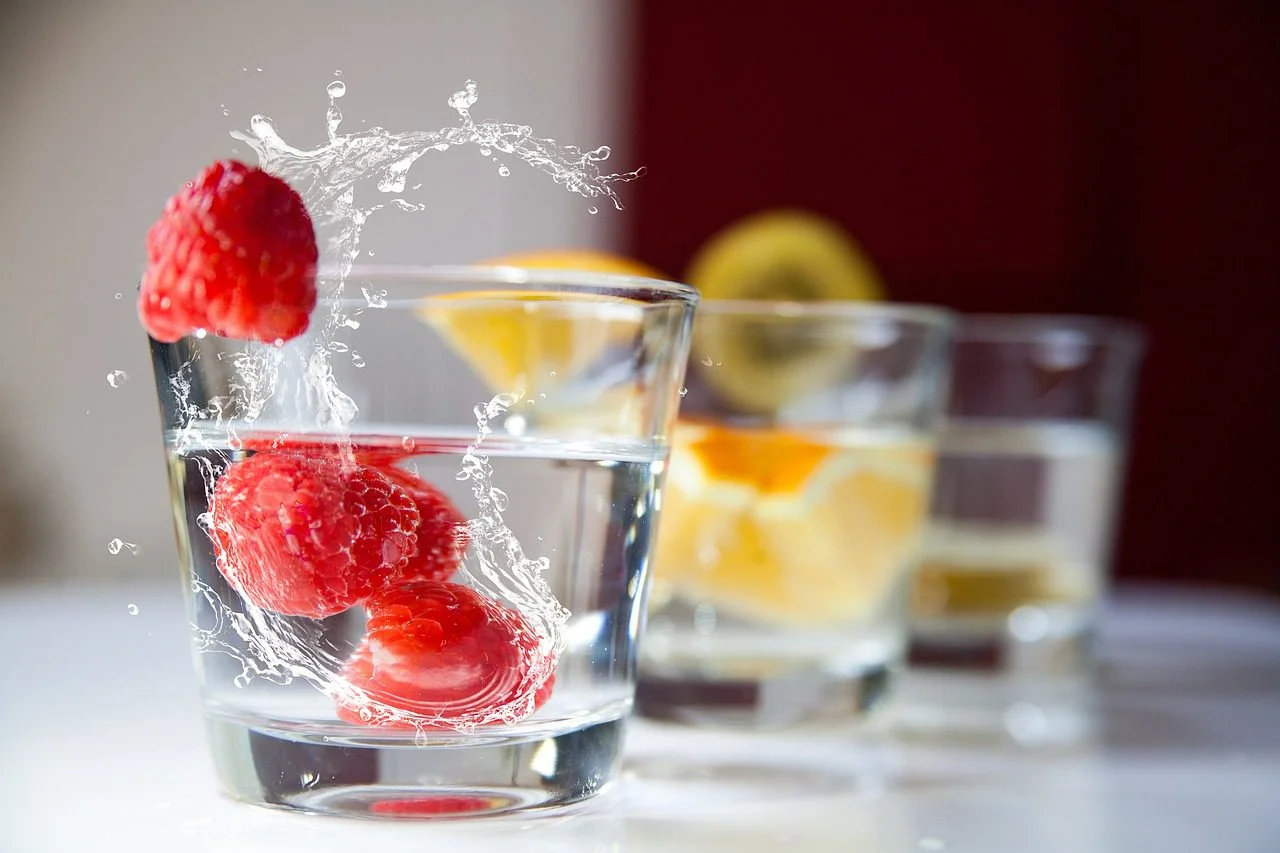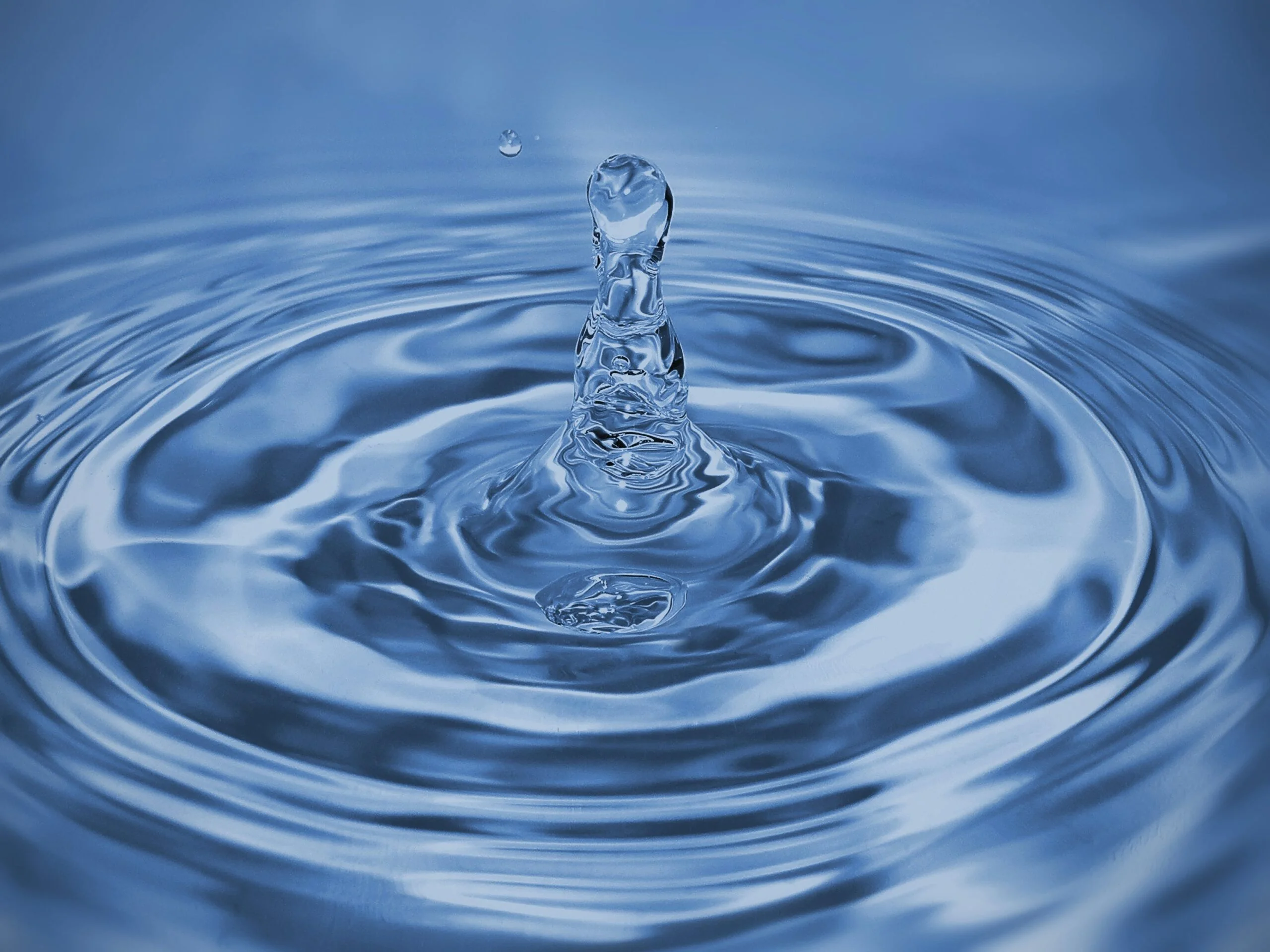Water Softening Plant
Salient Features
- We do make water softeners from 100 LPH (lab scale) to 200 m3/hr.
- When water is hard, it can clog pipes and soap will dissolve in it less easily. Water softening can prevent these negative effects.
- It decreases the cost of domestic water heating by about fifteen to twenty percent. It expanding the lifespan of household /industrial machines and also increase the lifespan of pipelines.
- It also contributes to the improved working, and longer lifespan of solar heating systems, air conditioning units, industrial pipeline network and many other water-based applications.


Benefits of Ultraviolet (UV) Treatment
- No chemicals
- No residue
- Energy efficient
- Long life
- Replanishable source
- Excellent in disinfection, ozone destruction, & curing application
Water Softening and Your Health
Softened water can have positive effects on skin and hair health, but it’s essential to consider individual preferences and any potential health concerns related to sodium intake. Consulting with a healthcare professional can help individuals make informed decisions regarding water softening and its impact on health.
Elevate water quality and safety with the Water Softening Plant, Chlorination System, and Ozone Generator, ensuring reduced hardness, effective disinfection, and environmentally friendly purification.


Save Water with Smart Water Softening Plants
By integrating environmentally conscious water softening plants into your home, you not only get to relish the advantages of luxuriously softened water but also actively participate in water conservation. This thoughtful choice contributes to safeguarding our planet’s precious water resources, fostering a sustainable future for generations to come.
Installation difficulty varies by system. While some are DIY-friendly, others may require professional assistance. Always follow the manufacturer’s guidelines.
Signs include scale buildup on faucets, soap scum in the shower, and difficulty lathering soap. You can also test water hardness using DIY kits or consult a water testing service.
Water softening plants come in different types, such as ion exchange and salt-free systems. Each has unique features and benefits, so choose based on your specific needs.
Ion exchange systems add a small amount of sodium, but it’s typically not enough to taste. Salt-free systems do not add sodium to the water.
Traditional ion exchange softeners may use extra water during regeneration. High-efficiency models and salt-free systems are designed to minimize water wastage.
Frequency depends on usage and system type. Follow the manufacturer’s recommendations for regeneration and conduct regular maintenance checks.
Water softeners primarily target calcium and magnesium, not all minerals. Some beneficial minerals may remain in the softened water.
While technically safe, softened water may have elevated sodium levels. Consider a bypass for a tap dedicated to drinking water or use an alternative filtration system.
Some systems discharge brine, a byproduct of regeneration. Choose eco-friendly options and follow proper disposal practices to minimize environmental impact.
Lifespan varies based on usage, system quality, and maintenance. Quality systems can last 10-15 years or more with proper care.
